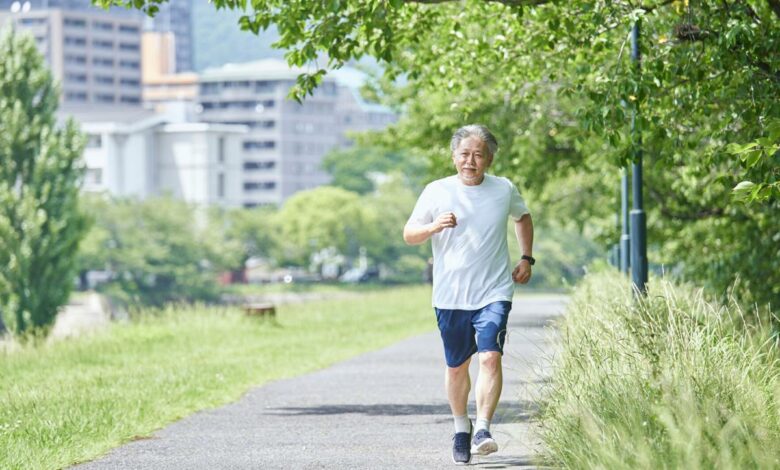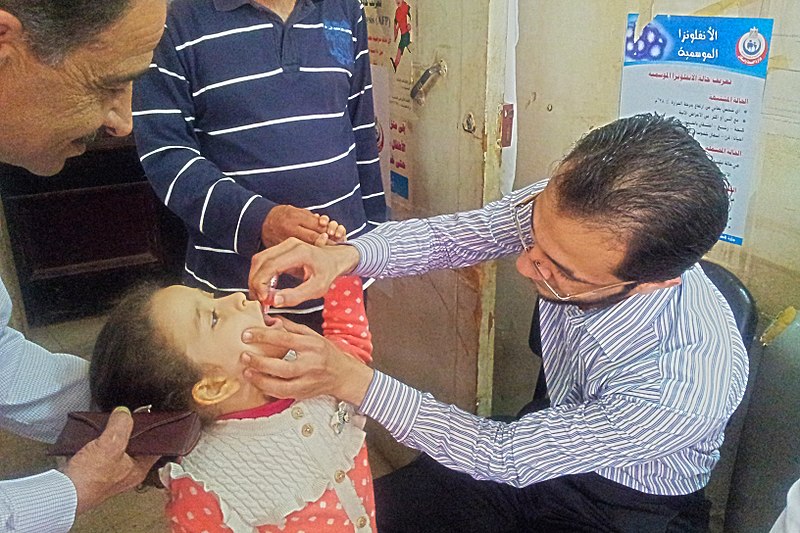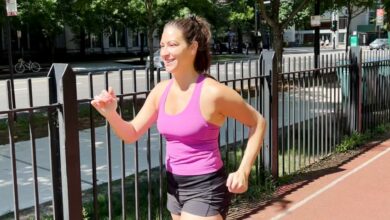
Health benefits rose with every step, the study found, but peaked at 10,000 steps – after that the effects faded. Counting steps may be especially important for people who do unstructured, unplanned physical activity such as house work, gardening and dog walks.
“Notably, we detected an association between incidental steps (steps taken to go about daily life) and a lower risk of both cancer and heart disease,” noted study coauthor Borja del Pozo Cruz, an adjunct associate professor at the University of Southern Denmark in Odense, Denmark, and senior researcher in health sciences for the University of Cadiz in Spain.
“By and large, I think the study is well done and it certainly continues to add to the foundation of knowledge that tells us exercise is good stuff,” said Dr. Andrew Freeman, director of cardiovascular prevention and wellness at National Jewish Health in Denver, Colorado. He was not involved in the research.
“Physical activity is just absolutely magnificent,” Freeman said. “And when if you blend that with eating a more plant-based diet, de-stressing, sleeping enough and connecting with others – that’s your magic recipe. It’s the fountain of youth, if you will.”
Walking helps dementia too
Del Pozo Cruz and his team recently published a similar study that found walking 10,000 steps a day lowered risk for dementia by 50%. Risk decreased by 25% with as few as 3,800 steps a day, according to the previous study.
However, if walking occurred at a brisk pace of 112 steps a minute for 30 minutes, it maximized risk reduction, leading to a 62% reduction in dementia risk. The 30 minutes of fast-paced walking didn’t have to occur all at once, either – it could be spread out over the day.
“Our take is that intensity of stepping matters – over and above volume,” said del Pozo Cruz via email.
The new study, published Monday in the journal JAMA Internal Medicine, followed 78,500 people between the ages of 40 and 79 from England, Scotland and Wales who wore wrist step counters for 24 hours a day over a seven day stretch.
After counting each person’s total number of steps each day, researchers placed them into two categories: Fewer than 40 steps per minute – which is more of an amble, like when you’re walking from room to room – and more than 40 steps per minute, or so-called “purposeful” walking.
A third category was created for peak performers – those who took the most steps per minute within 30 minutes over the course of a day (although, again, those 30 minutes did not have to occur in sequence).
About seven years later, researchers compared that data to medical records and found people who took the most steps per minute – in this case, approximately 80 steps per minute – showed the biggest reduction in risk for cancer, heart disease and early death from any cause.
Researchers found the association between peak 30-minute steps and risk reduction to be dependent on the disease studied.
“We observed a 62% reduction for dementia: This figure was almost 80% for CVD mortality and incidence and much less (approx. 20%) for cancer,” del Pozo Cruz said via email.
“This may be related with specific pathways by which physical activity is beneficial,” he said. “It pushes the body in general: can generate more muscle, a bigger heart and a better fitness, all of which are known protective factors for cardiovascular disease and cancer, and other health issues too.”
Get breathless
What’s the takeaway? You don’t have to fixate on the numbers of steps (unless you really want to), Freeman said.
“Does every step count? Absolutely. And we know that brisk walking each day brings on extra benefits in terms of blood pressure reduction and cardiovascular training and so forth,” said Freeman, who was the founding chair of the American College of Cardiology’s Nutrition & Lifestyle workgroup.
“But the truth is, the same goal has always applied: Challenge yourself at whatever fitness level you’re at. Obviously check with your doctor first, but your goal is to become breathless for 30 minutes each day.”
What is breathlessness as it applies to exercise? It’s not gasping and panting so hard you can barely breathe. Instead, breathlessness is when you are walking with someone, they talk to you, and you have a bit of trouble talking back, Freeman said.
“Spend 30 minutes being breathless at whatever pace you’re at, and then keep challenging yourself to be slightly unsatisfied at your current level so you can get better and better,” Freeman said.
Being more physically active often jumpstarts other healthy habits, such as an improved diet, and discourages unhealthy ones, such as smoking, he added




